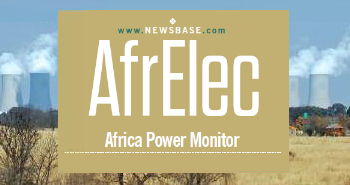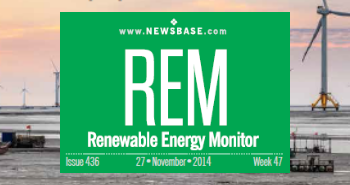Uganda picks Russia, South Korea to build two nuclear plants with total 15,000MW capacity

Ugandan President Yoweri Museveni has revealed that Russia and South Korea have been selected to build two nuclear power plants (NPPs) that would generate a total of over 15,000MW amid concerns over low demand in the country, Anadolu Agency reports.
Surveys by the Ministry of Energy and Mineral Development concluded in 2014 showed that Uganda had about 52,000 square kilometres of uranium deposits across its regions of Buganda, Tooro, Karagwe-Ankole and Lake Albert that could supply the planned NPPs.
“The nuclear project comes at a critical time when nations are dealing with how to ensure energy security for socio-economic development,” Museveni at a coffee summit in Kampala on Tuesday (August 8), noting that negotiations with Russia and South Korea have concluded, without offering details.
According to the Daily Monitor, NNP units of 7000MW and 8400MW are planned, but a timeline for their construction has not been set and funding has yet to be secured. Museveni did not say which countries, or companies, would build the respective units.
Uganda and Russia announced on the sidelines of the Russia-Africa forum in St. Petersburg last month that they had agreed to build a nuclear power plant. At the time, Museveni noted the great potential in the production of phosphates and ammonia and invited Russian companies like Rosatom to participate in this production.
In 2016, Rosatom officials visited Uganda and signed a deal with state authorities on the development of the nuclear station, but the project did not progress.
Uganda recently signed a memorandum of understanding (MoU) with Korea Hydro & Nuclear Power (KHNP) to cooperate in the design, construction and operation of NPPs. Uganda has also signed a deal with China under which the China National Nuclear Corporation (CNNC) will help it build capacity in the use of atomic energy.
In early March, Museveni said the country should start generating at least 1,000MW from nuclear power by 2031 as it moves to diversify its sources of electricity and accelerate its energy transition.
Uganda plans to export electricity generated by the NPPs to underserved countries in the region including the DR Congo, South Sudan and Chad.
Earlier this year, Minister for Energy Ruth Nankabirwa said while Uganda has a peak production capacity of 1,378MW, its peak consumption is 900MW. However, part of the problem is low connectivity, especially in rural areas.
A 2021 household survey by the Uganda Bureau of Statistics found that the national electricity access rate had reached 57%, comprising 19% and 38% on-grid and off-grid connections, respectively.
The low connectivity in Uganda and the region, in general, may offer justification for the planned 15,000MW nuclear generation. Despite huge hydropower potential, Museveni has said dams cannot be relied upon in the long term due to uncertainties around climate change.
Currently, South Africa has the only operational nuclear power plant on the continent while Russia's state-owned energy corporation Rosatom last year started construction on Egypt's first nuclear plant.



Follow us online